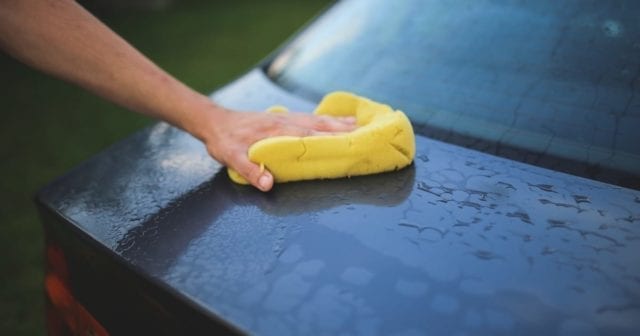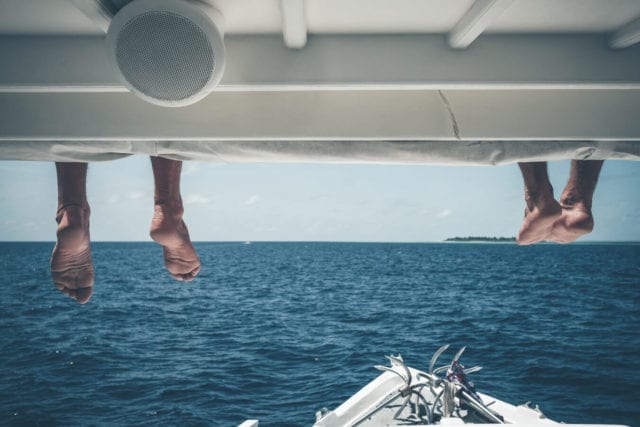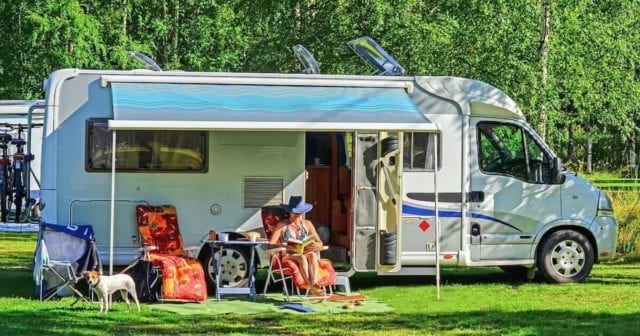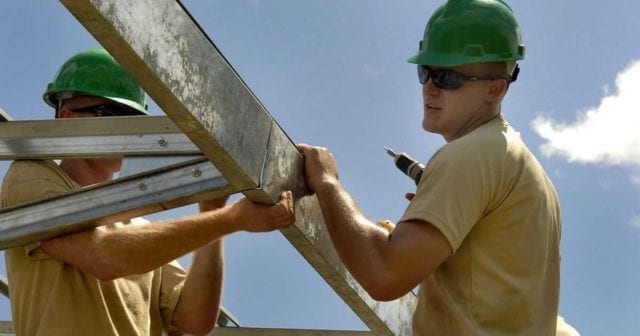Getting your car detailed can be pricey but heading into the warmer months with a nice, clean car is always a treat. Don’t have the cash but want a clean car? Have the cash but aren’t willing to pay that kind of price? The good news is that you can save quite a lot of money by doing it yourself, and it’s not that hard to do, either.
Here’s what you need to know.
WASH YOUR VEHICLE
To detail your car, first you need to wash it. Use a soap or cleaner made specifically for vehicles. Dish soap may get the grease off but it can harm your paint finish over time. Next, wash your vehicle in sections, rinsing as you go to avoid dried soap which diminishes the final shine. Start at the top of your vehicle and work your way down as you wash.
CLEAN YOUR TIRES AND RIMS
The next step on the outside of your vehicle is to clean your tires. Use a tire cleaner that’s good for all surfaces. Spray down the rim and use both a sponge and a soft-bristled toothbrush scrub the dirt. The sponge will get the large areas and the toothbrush can get into the cracks and corners. Rinse and go back over any spots that have been missed.
WAX AND POLISH
Once your vehicle is dry, it’s time to wax and polish. Some people think these are one and the same, but they’re really two separate steps. Polishing removes small imperfections and scratches on the exterior of your vehicle while buffing it to a shine. Waxing adds more gloss and protects the finish on your vehicle from the elements so it shines even longer.
WASH THE WINDOWS AND MIRRORS
Washing the windows is more than just using your soap and sponge while you wash the rest of your vehicle. Once you’re done, get window cleaner or use a vinegar and water mixture to clean the windows and mirrors, inside and out. Make sure to roll down your window a bit so you can get the top section, too. This will help prevent streaks and marks later.
CLEANING YOUR DASHBOARD AND OTHER PLASTIC AREAS
Once you’re done with the outside of your vehicle, it’s time to clean the inside. Start with the plastic sections your dashboard, center console, radio, and glove compartment. Don’t forget any plastic sections on the doors and at the back of your vehicle. Use ammonia-free cleansers and get into all the nooks and crannies. Barbeque skewers are especially good for pulling out dust and debris from the cracks and crevices.
VACUUM YOUR INTERIOR
First you need to pull out all the big trash that you can grab with your hands. Move your seats backward and forward to find trash that’s hiding from view. Now vacuum the carpets and upholstery to get the biggest chunks of dirt and debris picked up. Use your skewer to push out any dust and dirt from the crevices. The more thoroughly you can clean those nooks and crannies, the more professional your detailing job will look.
CLEAN THE INTERIOR
If your upholstery is fabric, you can use a foaming aerosol spray cleaner to clean the seats and the carpet together. Vacuum first, then spray the foaming cleaner on the area that needs to be cleaned. Once it begins to dry, vacuum it back up. You can also rent a carpet cleaner from a grocery or home improvement store and use that for a deep clean. If after all that, you still can’t get the dirt up, consider covering your seats with a fitted seat cover.
TAKE CARE OF ANY LEATHER
If you’ve got leather seats, they may be easier to clean but they still have their own concerns. Keep a leather cleaning kit in your vehicle for small stains and spots. As soon as you can when something spills, use the kit to clean it up. A spill that sits for 24 hours or more can easily become permanent. Spot clean as needed and use leather cleaner to fully clean your seats periodically. You can also by a kit to repair tears in your leather. The tear will still be visible but at least you won’t have a hole in your seat.
There’s one more detail about your vehicle you don’t want to forget — good auto insurance. It doesn’t matter how pretty your car looks if your insurance won’t fully cover you in an accident. After you’ve made it shine, make sure your vehicle is completely protected with the right kind and amount of auto insurance. Contact Charlotte Insurance today for a quote!





